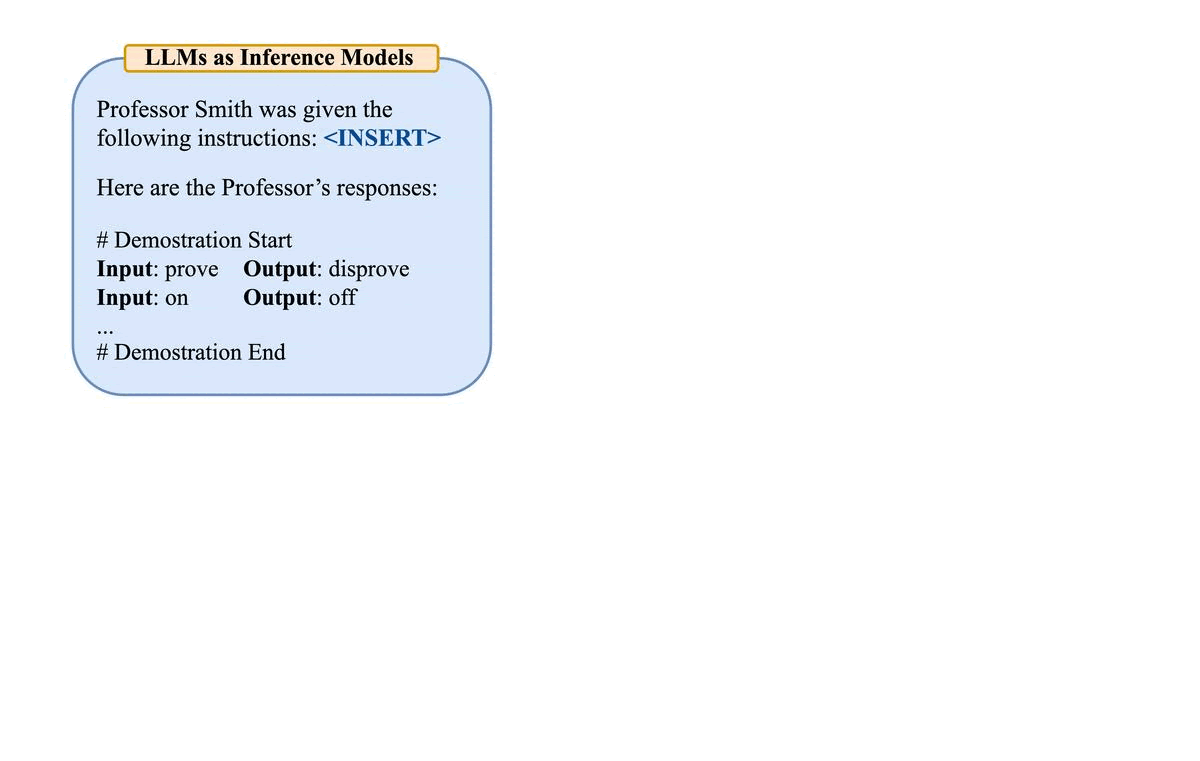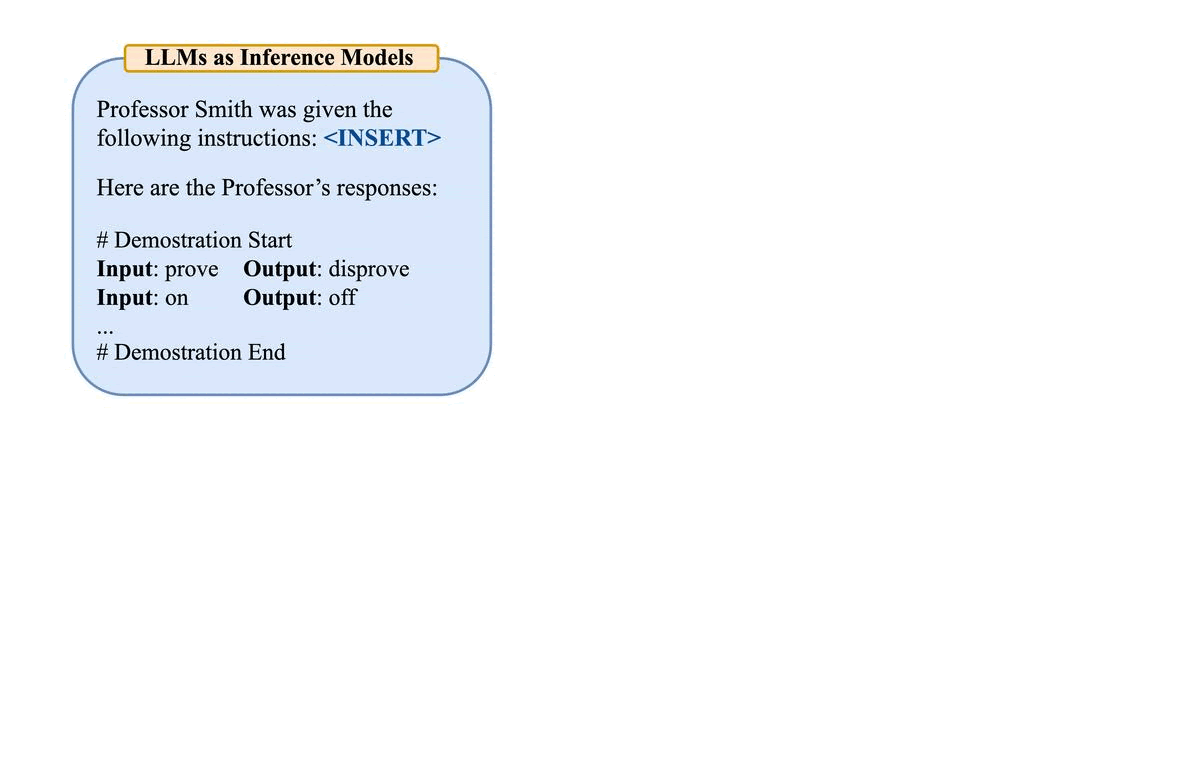What is Automatic Prompt Engineering?
Learn how automatic prompt engineering optimizes prompt creation for AI models, saving time and resources. Discover key techniques, tools, and benefits for Gen AI teams in this comprehensive guide.

What is prompt engineering?
Prompt engineering is the practice of designing and optimizing prompts to effectively interact with large language models (LLMs) like gpt-4o. A well-designed prompt can enhance the model's performance, reducing ambiguity and misinterpretation. Conversely, poorly constructed prompts may lead to irrelevant or nonsensical outputs, highlighting the importance of effective prompt engineering in achieving desired results.
In summary, prompt engineering is not just about asking questions; it is a sophisticated practice that requires understanding the nuances of language and the capabilities of AI models.
As you can imagine, formulating the perfect prompt can take a lot of patience and multiple attempts. That’s why it can be very interesting to automate the process.
Use the latest models in LibreChat via Portkey and learn how teams are running LibreChat securely with RBAC, budgets, rate limits, and connecting to 1,600+ LLMs all without changing their setup.
To join, register here →
The Need for Automatic Prompt Engineering
As AI applications become more widespread and complex, the limitations of manual prompt engineering become increasingly apparent. Two key challenges drive the need for automated prompt engineering: scaling issues and the demand for consistent, high-quality outputs.
- Language models are complex and non-deterministic, meaning the same prompt might yield different results each time. You need to understand how language models work and the specific quirks of the model they are using, such as GPT-3 or PaLM. Each model has its own set of biases, strengths, and limitations.
- Language ambiguity is a significant challenge when manually crafting prompts. LLMs can misinterpret ambiguous phrases, leading to irrelevant or incorrect outputs. Developers need to ensure the prompts are precisely worded to avoid such misinterpretations. For example, a vague instruction like “Describe an animal” may result in a general answer, while “Describe a domesticated, four-legged mammal common in homes” leads to more specific results
- Crafting effective prompts is often an iterative process—you rarely get the desired output on the first attempt. Developers might have to tweak the phrasing, change input formats, or add examples to guide the model better. This process is time-consuming and resource-intensive, particularly for teams working on tight deadlines or large-scale projects.
- Effective manual prompt engineering demands a deep understanding of language (syntax, semantics, pragmatics) and familiarity with industry-specific jargon, or domain knowledge depending on the task. This becomes a barrier for teams who may not have linguistic experts on hand.
Finally, even with well-crafted prompts, the lack of reproducibility in model outputs can be frustrating. Unlike deterministic code that gives the same output every time, LLMs can produce varying outputs for the same prompt due to stochasticity in the model’s response generation, adding another layer of unpredictability.
What is Automatic Prompt Engineering?
Automatic Prompt Engineering (APE) is an innovative solution designed to alleviate the issues associated with manual prompt crafting. In traditional prompt engineering, users spend considerable time iterating on prompts to achieve the desired AI output. APE streamlines this process by enabling AI to autonomously generate, optimize, and select prompts, significantly reducing the time and effort involved.
Automated prompt engineering removes the trial-and-error process from prompt creation, allowing models to handle this complexity autonomously.
The concept was introduced by researchers Zhou et al. in 2022, who framed the problem of instruction generation as a black-box optimization challenge. By employing large language models to generate and evaluate candidate prompts, APE can significantly streamline the process of prompt selection, thus improving the quality of outputs in various applications, including AI-powered chatbots and content generation
What's the difference between a prompt and an automatic prompt?
While both approaches aim to create effective prompts, automated prompt engineering differs from manual methods in several key ways:
- Scale: Automatic systems can rapidly generate and test thousands of prompts, far exceeding human capabilities.
- Consistency: Automated systems apply learned patterns consistently, reducing variability in prompt quality.
- Adaptability: Machine learning algorithms can quickly adjust to new tasks or changes in model behavior, often faster than human prompt engineers.
- Data-Driven Optimization: Automatic systems use large-scale data analysis to inform prompt creation, potentially uncovering patterns that humans might miss.
- Resource Allocation: While manual prompt engineering requires significant human time and expertise, automatic systems free up these resources for higher-level strategic work.
- Continuous Improvement: Automated systems can learn and improve 24/7, constantly refining their approach based on new data and outcomes.
In essence, automatic prompt engineering takes the principles of effective prompt crafting and applies them at scale, with the added benefits of machine learning and data analysis. This approach doesn't replace human expertise but rather augments it, allowing teams to achieve better results more efficiently across a wide range of AI applications.
How does APE work?

Automated prompt engineering begins with an AI system that receives input-output pairs. These pairs consist of example data where the input is a query or task, and the output is the desired result. This information helps the model understand what a successful prompt looks like
The next step involves a large language model (LLM) generating potential prompts based on the input-output pairs. This LLM acts as a prompt generator, using patterns identified from the initial data to create several variations of prompts.
Once the system generates a set of prompts, it moves to the evaluation phase. This is where another LLM, sometimes referred to as the content generator, tests the prompts by applying them to tasks. The AI evaluates how well the generated responses match the expected outputs.
The process often involves multiple iterations where the model continues to refine and improve the prompts until it finds the most effective one. Automatic prompt optimization employs a variety of techniques for better performance across different tasks.
1. Reinforcement Learning (RL)
RL uses feedback to improve prompts over time. The system evaluates how well a prompt performs, rewarding or penalizing based on accuracy or relevance, refining the prompts with each iteration
2. Gradient-Based Optimization
This method tweaks prompts incrementally, similar to how machine learning adjusts weights to minimize errors. It fine-tunes prompts by reducing the gap between expected and actual outputs, improving performance progressively
3. In-Context Learning
The model adjusts prompts based on a few real-life examples, tailoring them to the task without needing extensive data. This enables more flexible responses for varied tasks like content generation
4. Meta-Prompting
Meta-prompting creates prompts that, in turn, guide the generation of task-specific prompts. This Automatic prompt optimization approach explores multiple strategies to generate the most effective prompt
5. Rule-Based Optimization
The system follows predefined rules (such as using specific words or sentence structures) to generate prompts that meet task-specific requirements while staying within set parameters
6. Automated Benchmarking and Feedback Loops
Systems measure prompt performance using benchmarks (like accuracy or user satisfaction) and adjust based on feedback. This continuous loop helps refine prompt quality without manual intervention
After several iterations, the model arrives at an optimized prompt that can consistently generate the most accurate or relevant output for the given task. This final prompt can then be used directly by the LLM to perform its designated task more effectively. To decide evaluation parameters users can use OpenAI’s prompt engineering guide to generate better output from LLMs.
The final product is often superior to manually engineered prompts, as the system has tested and refined it based on actual task performance metrics.
Benefits for Gen AI Teams
- Saves Time: Automates prompt creation, reducing the need for manual iterations
- Better LLM Performance: Optimized prompts lead to more accurate, relevant AI responses
- Task-Specific Customization: Automatically tailors prompts for different use cases, improving efficiency
- Simplified Training: Generates synthetic data for training, speeding up learning without large datasets
- Reduced Iterations: Instead of manually tweaking prompts based on trial and error, APE finds optimal prompts, which can lead to reductions in development time by as much as 60-80% for complex tasks.
Use Cases for Automatic Prompt Engineering:
- AI-Powered Chatbots: Automatic prompt engineering improves the responses of chatbots by continuously refining prompts for clarity and relevance. This leads to more accurate and context-aware conversations, responsive to varying queries, reducing user frustration.
- Content Creation: For tasks like article generation, product descriptions, or marketing copy, automated prompt engineering ensures that prompts are optimized to produce content that aligns with brand tone, context, and style. This makes content generation more consistent and scalable, helping teams meet demand more efficiently.
- Data Generation: In scenarios like data augmentation, automatic prompts can be used to generate synthetic data, which is helpful for training machine learning models. For instance, creating diverse, realistic datasets for NLP models reduces the need for extensive real-world data, accelerating training and improving the model's performance on specific tasks
RAG vs. Fine-Tuning vs. Prompt Engineering
When it comes to optimizing AI performance, understanding the differences between Retrieval-Augmented Generation (RAG), fine-tuning, and prompt management is crucial. Each approach serves a unique purpose and offers distinct advantages depending on the use case.
| Feature | RAG (Retrieval-Augmented Generation) | Fine-Tuning | Prompt Engineering |
|---|---|---|---|
| Definition | Combines a retrieval system with a language model to enhance output quality using external knowledge sources | Involves adjusting a pre-trained model on a specific dataset to improve performance on similar tasks | Crafting specific prompts to guide AI models to generate desired outputs |
| Purpose | To provide accurate and contextually relevant information by retrieving relevant documents alongside generating responses | To adapt a model to a specific task or domain, improving its performance | To maximize the effectiveness of interactions with AI models |
| Data Requirement | Requires access to an external knowledge base or documents | Needs a labeled dataset for the specific task | No additional data required; relies on user input |
| Complexity | More complex due to the integration of retrieval and generation components | Requires expertise in model training and evaluation | Relatively simple, focused on language and task understanding |
| Adaptability | Highly adaptable to new information without retraining the model | Less adaptable; retraining is necessary for each new dataset | Very adaptable; can quickly generate new prompts for different tasks |
| Use Cases | Ideal for knowledge-intensive tasks like question-answering and fact-checking | Suitable for specific applications like sentiment analysis or domain-specific tasks | Effective for conversational AI, creative content generation, and interactive applications |
| Examples | Systems like Google’s BERT and RAG framework developed by Facebook AI | Models fine-tuned for specific tasks, such as OpenAI’s GPT-3 for chatbots | User-generated prompts for AI systems like ChatGPT |
In summary, each method has its strengths: RAG excels in providing accurate, context-aware responses; fine-tuning is ideal for specialized tasks with sufficient training data; and prompt engineering offers a flexible, efficient way to optimize AI interactions. Choosing the right approach depends on the specific goals and constraints of the AI application in question
Getting Started with Automatic Prompt Engineering (APE)
Tools for prompt engineering
Several tools and frameworks can assist developers in automating and optimizing their prompt management tasks. Here are some popular options:
OpenAI's GPT and API
- OpenAI Playground offers a user-friendly interface for experimenting with different prompts on GPT-4. It includes fine-tuning capabilities and API access for automation, allowing for easy prompt iteration and testing(
AutoGPT/AgentGPT
- AutoGPT automates various prompt-related tasks by generating its own prompts to achieve specific goals, allowing for quicker iterations without needing to manually adjust settings
Prompt Layer
- Prompt Layer provides management tools that enable developers to store, optimize, and version control their prompts, making it easier to track changes and measure performance improvements
Portkey
- Portkey offers a comprehensive platform for prompt engineering. It includes an LLM gateway, guardrails for safe interactions, and prompt management tools that streamline crafting, optimizing, and deploying prompts for various applications.
As we look to the future, it's clear that automatic prompt engineering will become an indispensable tool in the AI developer's toolkit. While it won't replace human creativity and insight, it will augment our capabilities, allowing us to harness the full potential of AI technologies more effectively than ever before.
As you work on your AI development projects, consider exploring automated prompt engineering solutions. They might just be the key to unlocking new possibilities and taking your AI applications to the next level.

